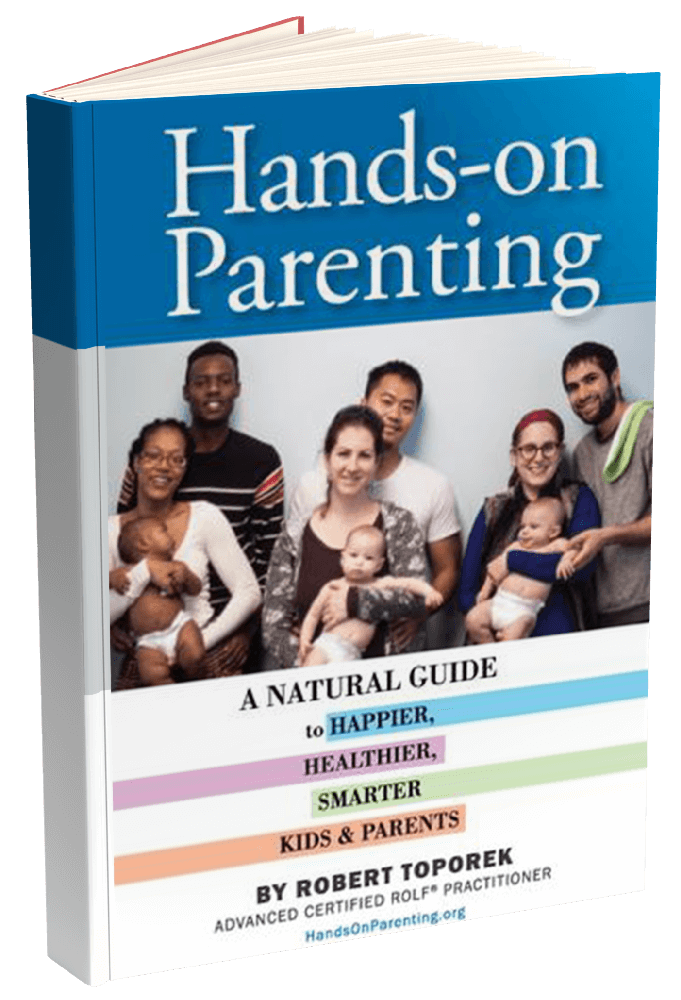Hands-on Parenting




Excerpt from "Hands-on Parenting"
AS THE OLD SONG GOES, “The knee bone is connected to the thigh bone, the thigh bone is connected to the hip bone,” and so forth. In
order to help you learn how to massage your baby or child most effectively, this part of the book is divided into specific body areas. So don’t feel responsible to read this entire book at once, or that you have to give a full-body massage at every session.
You—and your child—will be better served if you first become familiar with the various areas of the body individually.
Each body area in this part of the book is defined as a physical area (chest and shoulders, legs and feet, etc.). However, each of these areas is further explained in terms of its spiritual and/or emotional importance (the essence of life, our stance in life, etc.). By synthesizing this information, you will come to understand the importance of each body area in its own right and as an important part of the whole.
At first, you should massage each body area separately. This will come in handy when just the feet, legs, arms, back, or other specific area needs special attention.
Children will experience growing pains. It’s part of getting older.
Through play, participation in sports, and through accidents, they will also experience deep bruising to their arms, ribs, elbows, and knees.
And I’m sure you know from experience how tension can create discomfort in the neck and shoulders and throughout your body.
Tension
Hands On Parenting
Fringilla est ullamcorper eget nulla facilisi etiam. Quis risus sed vulputate odio ut enim volutpat, tellus pellentesque eu tortor nulla cras. Mattis enim ut tellus elementum sagittis vitae.
See the difference touch can make in your child’s life, buy the book and get started on a lasting road to positive health and wellness.

